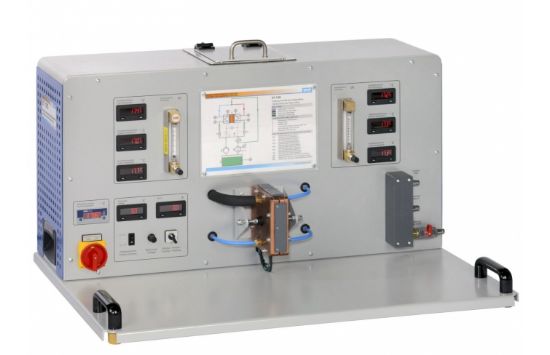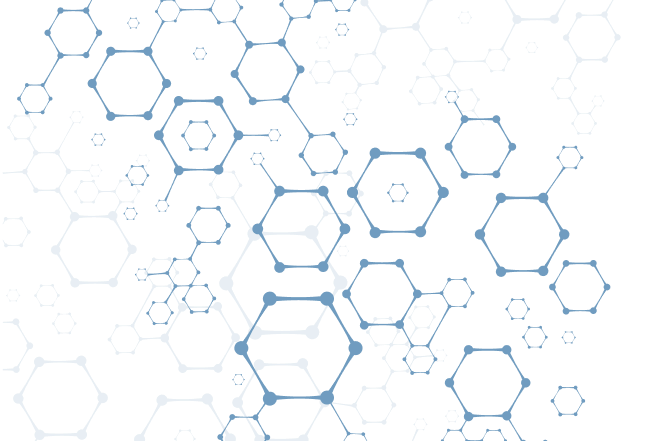The experimental unit ET 120 demonstrates cooling using the Peltier effect. Peltier elements utilise the thermoelectric effect of some semiconductors. The thermoelectric effect is the reverse of the known thermopower effect which is e.g. used when measuring temperatures using thermocouplers. If current flows through a Peltier element, one end of the semiconductor becomes hot and the other cold. By a suitable connection of p- and n-doped semiconductor materials the refrigeration capacity can be increased sufficiently to be usable.
The benefits of cold production using Peltier elements are: Peltier elements are wear and maintenance-free, noiseless, independent of position and easy to adjust in their refrigeration capacity via the supply voltage. In addition, no refrigerants are required. Peltier elements are used for small capacities in thermography as beverage chillers or in medical engineering. Their low efficiency is a disadvantage.
The experimental setup is clearly arranged on the front of the experimental unit. The central component of the system is a Peltier element. The heating and refrigeration capacity of the Peltier element are dissipated via water flows. Measuring the respective flow rate and the inlet and outlet temperatures allows for the heat flows to be determined. The supplied electrical power is determined using a current and voltage measurement.
Due to the closed water circuit the experimental unit can also be operated for short periods of time without being connected to the water mains.

